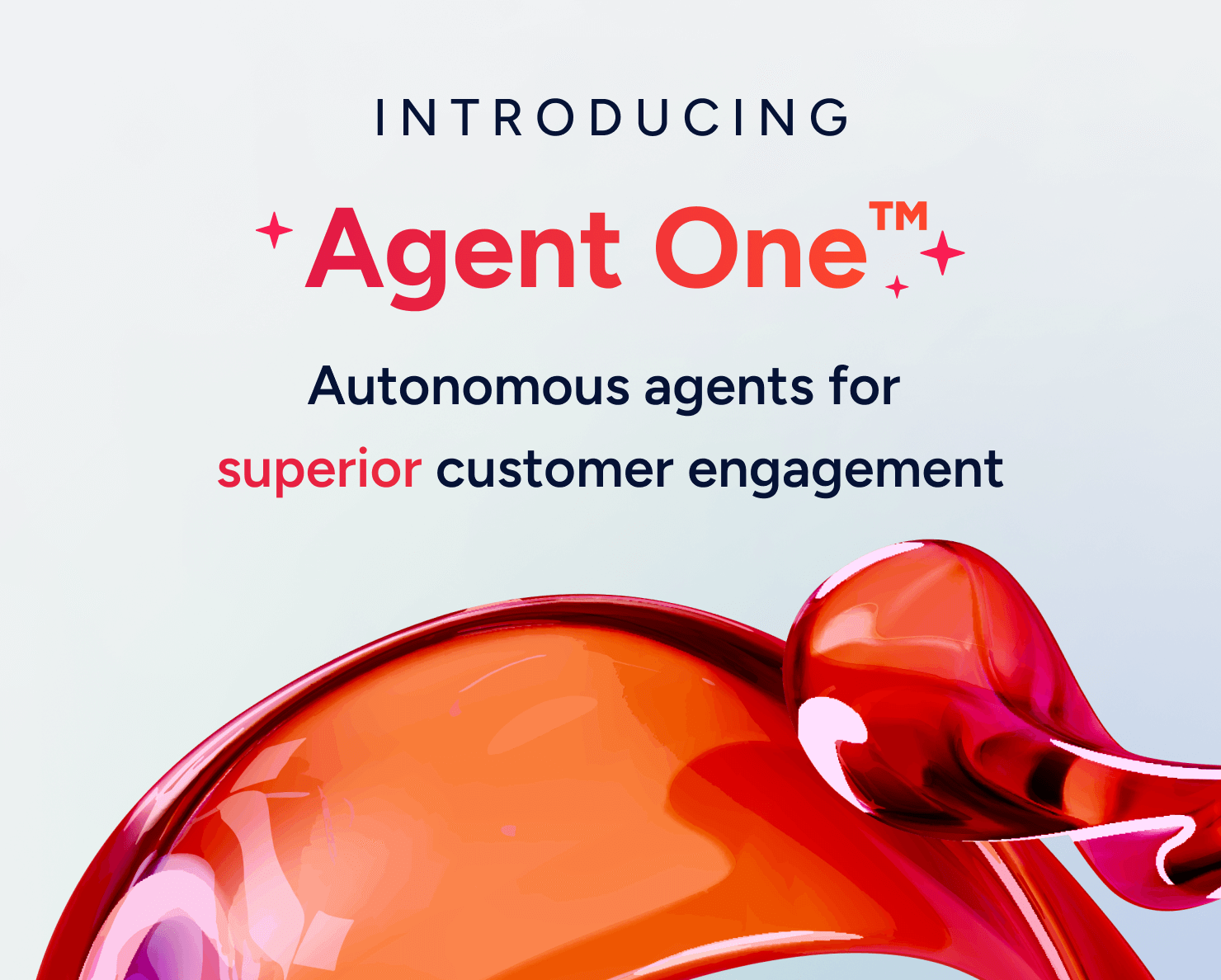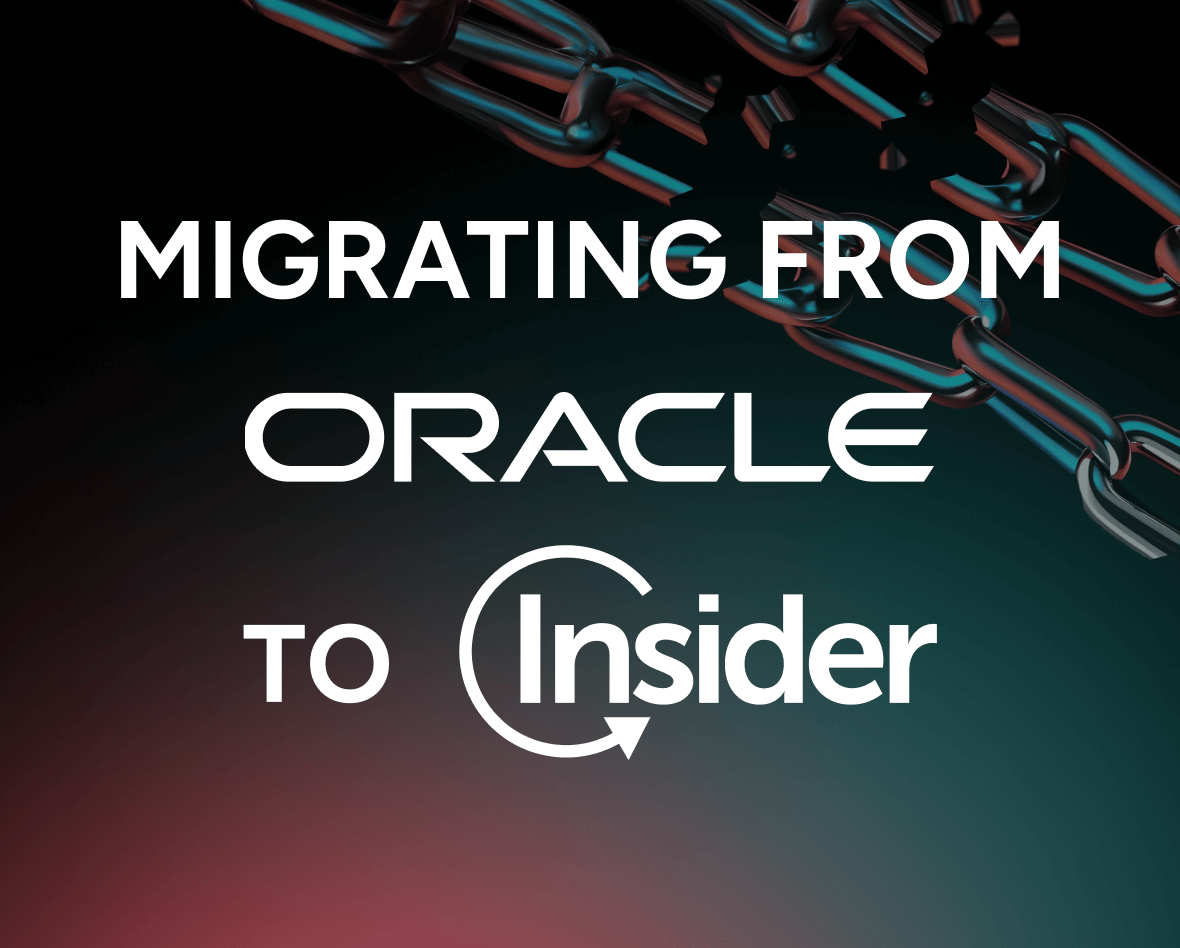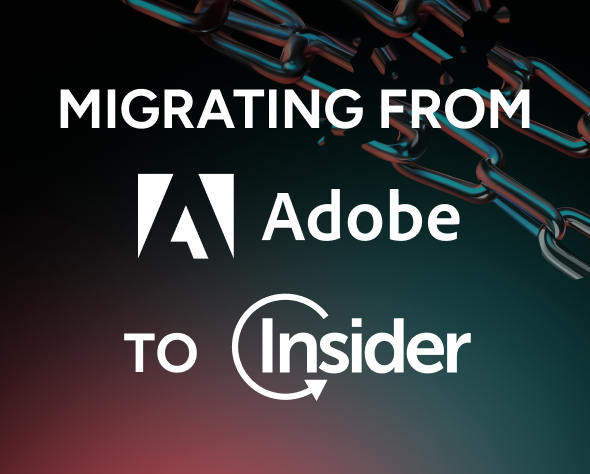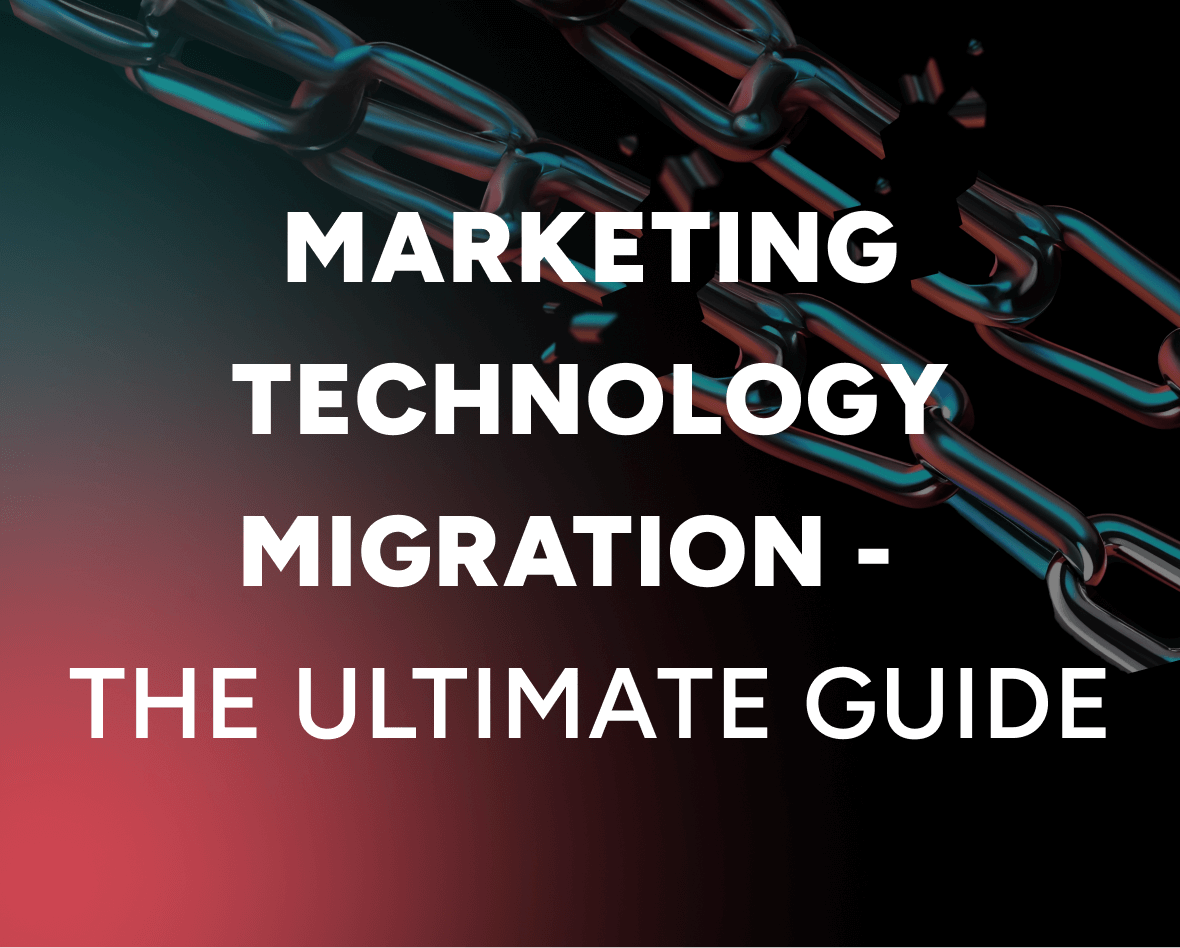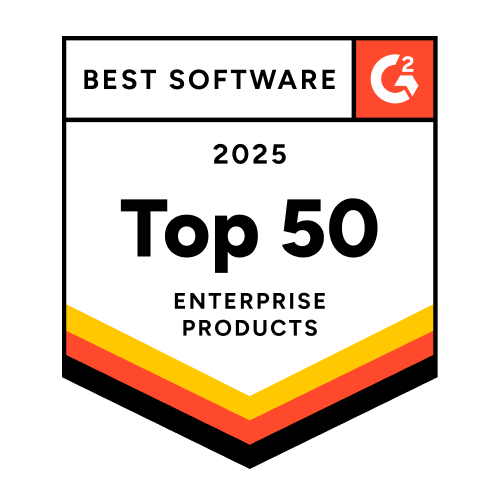How to improve customer engagement and conversions with data-driven marketing automation
You likely already know that throwing spaghetti at the wall isn’t the best approach for finding your most effective marketing tactics.
Updated on 30 Jan 2025
If you’re going to invest time, money, and resources into something, you want to feel confident that it will work. You want to know that your efforts and marketing messages will reach the right people in the right place at the right time. After all, when you check those boxes, potential customers are way more likely to convert.
So how do you go beyond guesswork? With data-driven marketing automation. This approach relies on unified customer data to help you make smart decisions and launch marketing strategies that feel more like a guarantee than a gamble.
What is data-driven marketing automation?
Data-driven marketing automation involves collecting, analyzing, and using customer data from various sources to deliver targeted marketing messages and experiences across multiple channels.
We know that’s a bit of a mouthful, so let’s break the concept down into its two main concepts: data-driven marketing and marketing automation.
- Data-driven marketing: Using data and analytics to inform and optimize your marketing strategies and decisions.
- Marketing automation: Using software (often called marketing automation platforms) to automate repetitive marketing tasks and processes.
Put them together and you get a much better understanding of data-driven marketing automation. It integrates data-driven insights collected and stored by a customer data platform (CDP) into your marketing automation workflows so you can boost customer engagement, improve the effectiveness of your campaigns, and drive revenue growth.
6 benefits of data-driven marketing automation
Mass marketing messages don’t hold the appeal they once did. Today’s consumers expect tailored, personalized experiences—so much so that McKinsey describes data-driven marketing as the “next normal.”
In response, an impressive 40% of brands plan to increase the budget for their data-driven marketing automation strategy. But why is data so compelling for marketing teams? Here are six benefits to consider.
1. Build a 360-degree view of your customers
You can’t succeed with data-driven marketing without customer data integration. Your CDP software consolidates customer information from various sources—including online interactions and offline activities like purchases and call center engagements.
This gives you a holistic view you can use to build detailed customer profiles that more accurately reflect individual behaviors, preferences, and interests.
From data-driven email marketing to personalized product recommendations, those profiles inform your marketing efforts so you can deliver more relevant and targeted experiences and content. When 70% of millennials say they’re frustrated with brands sending irrelevant emails, it’s hard to overstate the importance of these insights.
2. Deliver personalization at scale
Think personalization needs to be a time-consuming undertaking and a heavy lift? Not exactly. The best data-driven marketing automation platforms will do most of the hard work for you.
When you combine data-driven marketing solutions with your real-time CDP, you can leverage data to send context-specific content, recommendations, and notifications to customers—without all the manual work and elbow grease.
3. Provide consistent user experiences
Customers don’t just want one positive experience—they want consistently positive experiences. They want to get timely, relevant, and personalized messages, content, and product recommendations regardless of which channel they choose to interact on.
That’s one of the major benefits of a customer data platform and data-driven marketing in general: You have easy access to the information you need to deliver winning customer experiences everywhere.
4. Improve marketing efficiency
Automation delegates and eliminates manual tasks so marketing teams can focus their time, energy, and resources on tasks that require that human touch.
On top of streamlining workflows, data-driven marketing combined with the best customer data platform empowers marketing teams to optimize their efforts and make better marketing decisions. That translates to better-performing campaigns and results.
Put simply, with data-driven marketing automation, teams aren’t just working faster and easier—they’re working smarter too.
5. Increase conversions, revenue, and retention
When customers have tailored experiences that satisfy their needs, they’re far more likely to buy. In fact, 80% of customers say they’re more likely to make a purchase when brands offer personalized experiences.
Plus, personalization is the foundation of positive and long-lasting customer relationships. That leads to more conversions and revenue now, as well as better customer retention that continues to positively impact revenue well into the future.
6. Consolidate your tech stack
It’s easy for marketing teams to fall victim to tool fatigue, with 29% of marketers admitting they have too many tools in their martech stack.
Using one data-driven marketing automation platform reduces the overall number of tools in your tech stack, which limits overwhelm on your team, simplifies the complexity of your marketing operations, and saves money.
3 data-driven marketing automation challenges
Marketers typically have access to a lot of data. The challenge lies in using that data effectively, as evidenced by the 87% of marketers who say data is their company’s most under-utilized asset.
While they have a wealth of information at their fingertips, transforming it into actionable insights is challenging. Teams face everything from inadequate data integration tools to delays in processing when trying to apply those insights to marketing strategies.
With that in mind, here are three challenges marketers face when implementing data-driven marketing automation:
1. Data silos
Failing to integrate data across platforms and interactions leaves marketers in the dark about their customers’ decision-making processes. That makes automation fragmented, irrelevant, and less effective (for example, marketing skincare cream to a customer who bought it in-store last week).
Those oversights can be costly. Estimates state that companies can lose up to 30% of annual revenue due to inefficiencies that stem from incorrect or siloed data.
2. Data quality
Believe it or not, there is such a thing as “bad” data. The term refers to information that is inaccurate, incomplete, outdated, duplicated, or improperly formatted—which can lead to unreliable conclusions and bad decisions.
For example, imagine you collect order completion data from your website and mobile app. On your mobile app, that data is collected in an “ORDERCOMPLETED” format. But on your website, it’s collected and saved as “order_completed.”
When you want to see your overall order collection metrics so you can segment customers accordingly, you’ll end up with two different data sets. Your segmentation won’t be accurate enough to automate an end-to-end customer experience, plus your entire team will lose confidence in your reporting.
Unfortunately, it’s a frequent problem, with Harvard Business Review estimating that U.S. businesses lose $3.1 trillion annually due to poor data quality.
3. Tech stack complexity
The secret to success in data-driven marketing isn’t having a lot of tools—it’s having the right tools that work well together. From customer relationship management (CRM) systems to marketing automation platforms, marketers need deep and reliable integrations to make the most of these tools.
Each piece of the tech stack often comes with its own data formats, interfaces, and processing capabilities. When it’s unable to successfully “talk” to your other tools, you create silos and hinder the flow of information.
That makes technology feel more like a burden than a benefit, which is a common experience among marketers. Only 9% of marketing teams say they have all of the tools they need and they fully utilize the tools they have.
How to choose a data-driven marketing automation solution
When it comes to acing data-driven marketing, the operative word is data. Yet that’s where most marketing teams get stuck. With hundreds of platforms, channels, and integrations, providing a seamless and consistent customer journey across all touchpoints is a huge challenge.
To get it right, you need technology that hits two main factors: data and marketing automation. The right solution will help you bring everything together so you can stay in the loop on your customers’ behavior changes.
Your CDP tracks every customer interaction in real-time and collects, merges, and unifies all of the data coming in from other tools like CRMs and analytics tools. That allows you to analyze accurate data, create relevant segments, and provide more personalized experiences.
So how do you choose the right CDP and marketing automation solution? You have two options:
- Integrate: Choose an existing CDP like Segment, Tealium, mParticle, or Treasure Data and integrate your CDP with your selected marketing automation tools.
- Consolidate: Choose a solution like Insider that has both CDP and marketing automation for a more streamlined process. This minimizes integration challenges and ensures smoother, more reliable data flow so marketers can execute more personalized marketing campaigns.
In short, if you’re looking to achieve both efficiency and effectiveness, a solution that includes a CDP and marketing automation tools under one roof is the best option.
4 data-driven marketing automation strategies for 2025
Ready to get started with data-driven marketing in your own organization? Once you have the right technology, here are four strategies to get the most impact from this approach.
1. Recognize the power of real-time information
The decisions you make based on one or two-year-old data won’t resonate with today’s customers. Old information doesn’t help you deliver relevant content, offers, and recommendations.
In contrast, real-time data allows brands to create timely and personalized customer experiences that rely on up-to-the-minute customer insights. Plus, real-time data helps marketers adapt to trends and incorporate instant feedback to improve experiences.
2. Spearhead new channels
A few decades ago, social media wasn’t even on marketers’ radars as a way to reach and engage customers. It’s evidence that preferred channels are always changing—just like customers’ preferences.
So don’t be afraid to try out new and rising channels for business, like WhatsApp as just one example. Doing so can boost your reach and increase your engagement, while also helping you beat the competition to a new arena.
3. Prioritize omnichannel
A multichannel approach was the focus for a while, but it looks at channels in isolation rather than as pieces of an entire customer experience. That can lead to inconsistent messaging, irrelevant recommendations, and a fragmented customer journey that backfires in the form of decreased engagement.
That’s why an omnichannel approach—one that integrates all marketing channels in a central platform—is the better way forward. You can understand the entire customer journey and deliver consistent and cohesive experiences across all touchpoints.
4. Make the most of AI
The majority of marketers are optimistic about AI’s ability to drive growth—and for good reason. AI tools like Sirius AI™ help marketers discover profitable customer segments up to 30 times faster by completely automating the process.
You just need to input your use case and desired outcomes, and Sirius AI™ will automatically generate ready-to-use segments for your goal. And that’s only the tip of the iceberg of how AI can help your marketing workflows. It can also help you:
- Craft optimized cross-channel customer journeys while removing guesswork and speeding up the process
- Generate compelling email subject lines, body copy, and other content tailored to your desired channel and outcome
- Enhance campaign performance through automatic optimizations like A/B testing, send-time optimization, and auto-selection of winning content
It’s proof that AI is something for marketers to foster rather than fear.
Getting started with the best data-driven marketing automation platform: Say “hello” to Insider
Are you jumping into your data-driven marketing automation journey? Insider can help. Insider is about more than merging tools. It’s about creating an ecosystem that supports your best marketing decisions and strategies.
With Insider, you combine the power of a customer data platform (CDP) with robust marketing automation (for more than 12 native channels). This blend streamlines your operations, with less toggling between apps and more clarity about who your customers are and how to engage them.
With Insider, you can stop throwing spaghetti at the wall and find the strategies that stick—in less time and with less effort.

